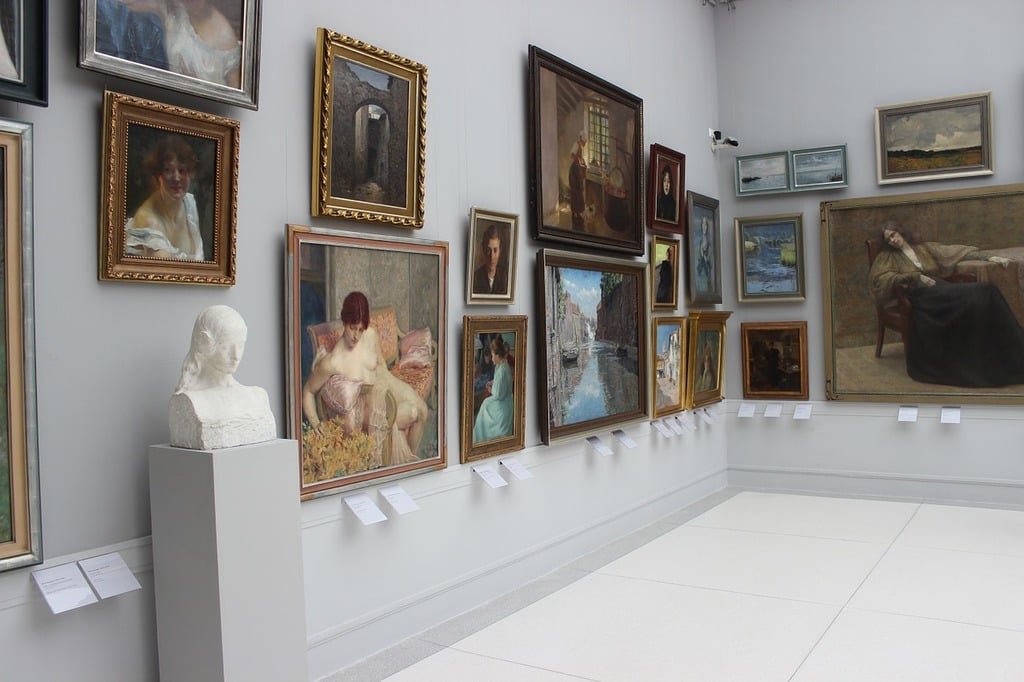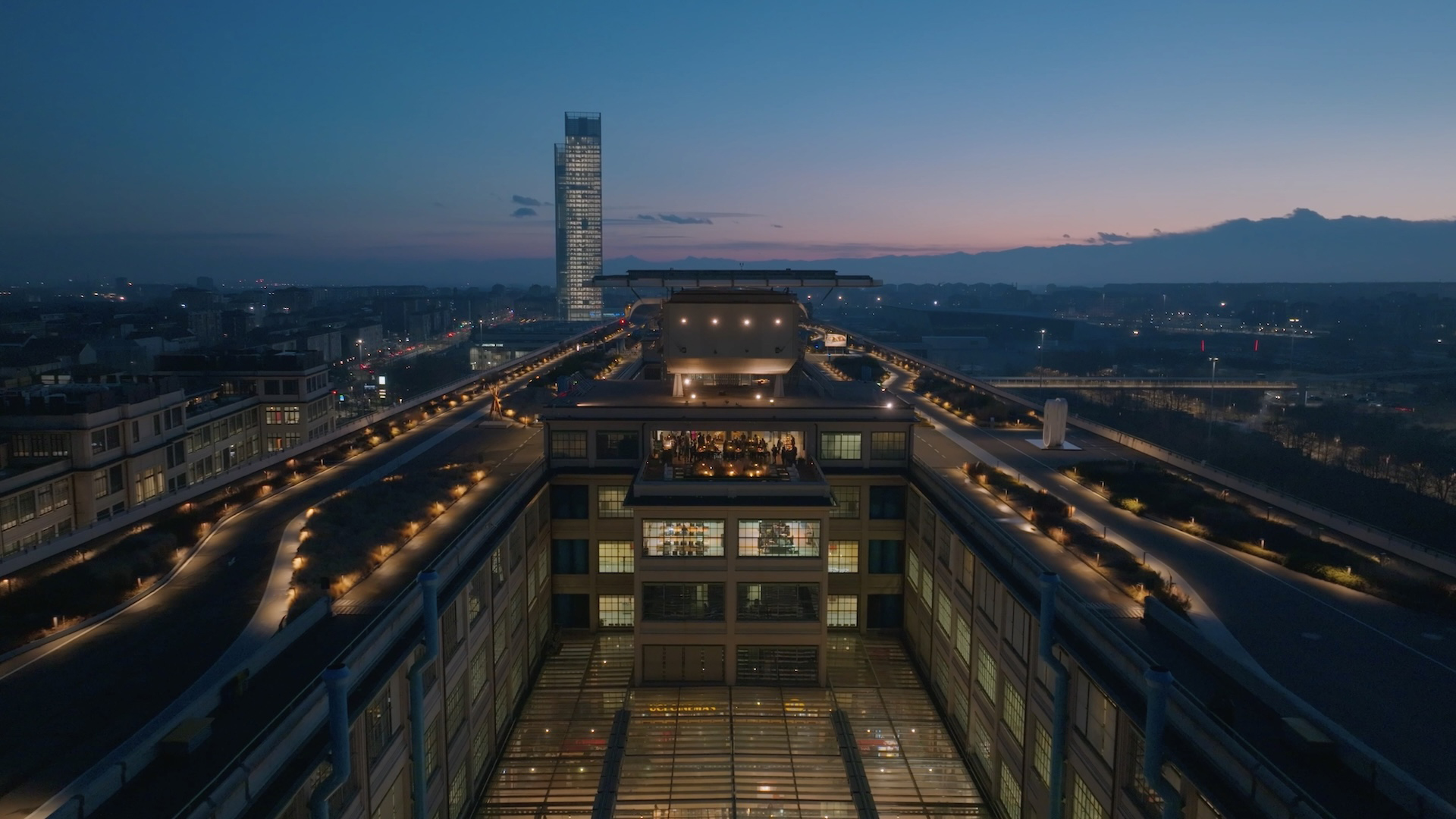
Failing Art System?
A quick Google search on the number of galleries in New York indicates that there are currently 1,5001 of them, which roughly translates into 18,000 exhibitions per year taking place only in this global city. Observations and a speculative vision that follow, are New York-centered but could be extrapolated to other countries. Here artists complain about the extreme competitiveness of the industry, and gallerists complain about the oversaturation of artists and certain jadedness of collectors. Institutions complain about lack of funding2 and we all complain about decreasing levels of culture and education, about AI technologies taking over our lives. Yet, collectors enjoy the proliferation of figurative paintings and continue to buy them.3
Essentially there are two routes that contemporary art can go. Both will represent a logical continuation of today’s vantage point and both are based on the supply-and-demand principle defined by Adam Smith in his book The Inquiry into the Nature and Causes of the Wealth of Nations Wealth of Nations in 1776.
 "Le Cinq" Haute Cuisine Restaurant, Hotel Four Seasons George V, Paris.
"Le Cinq" Haute Cuisine Restaurant, Hotel Four Seasons George V, Paris.
One possible route for contemporary art is to extremely limit access to it, reconnecting with its elitist model. If people go to extreme lengths to visit French Laundry in Napa Valley or Le Cinq at Four Seasons George V, swim across rivers to arrive at a concrete island to taste a particular creation by a particular chef, why then the same pilgrimage should not take place to see a super-limited exhibition of Dana Schutz or Bony Ramirez or any other living artists, who are not megastars like Anselm Kiefer or Ai Weiwei? An inspiration for this meditative hyper-exclusivity could come from a simple Six Persimmons, a 13th-century Japanese scroll painted with ink on paper by a Chinese monk Muji and then donated to Daitokuji Ryokoin Temple. Now this historic artwork is available for public viewing for only one day each year. ‘Why bother’ factor should become obsolete if all art could be shown in this way, if we only could see contemporary art for one week a year [reminder that this is a speculative essay].
 Sony Music Entertainment, head office.
Sony Music Entertainment, head office.
Another and more realistic route would be for artists to become brands. This process has already started. Why artists would not create a living house, a line of clothes, a line of sunglasses, a line of food products, and a line of shampoos? It would all be produced under one name and aesthetic. But that sounds also inclusive and competitive -- who is going to choose the names and directions? Maybe then artists could take on the attributes of music brands – each with their vibes and their producers and audiences? Is this not a reality we already are living – the reality of labels, known cultural appeals, and known trajectories? The discovery factor so important to the collectors will still be maintained. Exhibitions centered around this focused branding are already taking place either in New York or in London. If contemporary art is to maintain its appeal to the mass audience it needs to restructure its artistic function. Rather than trying to become a corporate, relentlessly event-driven product it has to be reinvented.
 Art Basel 2013, Basilea, Switzerland.
Art Basel 2013, Basilea, Switzerland.
One key question here is the one of value. Where can we still find it? Could it be redefined? Could a sense and meaning behind art be maintained as it turns into a commodity either with a broad or a limited supply?
Four short interviews follow this essay to see what industry professionals think about these possibilities.Margot Samel and Olga Temnikova have successfully debuted a selective Esther art fair earlier this year in New York. Logan T. Sibrel is a New York-based artist who is in the process of establishing himself globally. A gallerist and a collector will conclude the series with their responses.
Cover picture: Hans Meyer Gallery Stand, Art Basel, Basel, Switzerland.
1.https://data.cityofnewyork.us/Recreation/New-York-City-Art-Galleries/tgyc-r5jh
2.https://www.nytimes.com/2024/06/28/arts/design/fotografiska-new-york-city-museums-closures.html
3.https://www.larryslist.com/artmarket/the-talks/why-this-real-estate-broker-collects-only-figurative-paintings/
4.https://www.nytimes.com/2023/11/21/arts/design/six-persimmons-zen-paintings-san-francisco.html
Nina Chkareuli-Mdivani is a Georgian-born, New York-based independent curator, writer and researcher. She is the author of King is Female (2018), the first publication to investigate issues of gender identity in the context of the historical, social and cultural transformation of Eastern Europe over the past two decades. Throughout her career she has lectured worldwide and published numerous articles for magazines such as E-flux, Hyperallergic, Flash Art International, Artforum, MoMa.post, The Arts Newspaper and many others.
Her research delves into the intersection of art history, museology and decolonisation studies, with a focus on totalitarian art and trauma theory, themes he has also explored in the more than ten exhibitions he has curated in New York, Germany, Latvia and Georgia.



